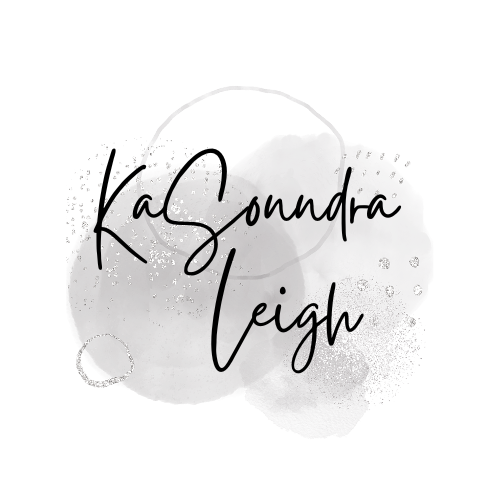When I was approached by the owner of this home, I wasn’t sure how to proceed. The space was small. However, the owner had big space plans for her tiny living room. She wanted glam, lots of seating for her visiting family, a neutral color palette, and pops of color here and there. She also wanted to keep the tv in her space, something I generally face with almost every single design I take on these days as more people opt to stay in and enjoy the miracles of new home theater technology versus heading out to the theatre.

We set to work on creating a design plan that would allow the extra seating she needed without taking up too much room as her old furniture had done. The architectural setup of the windows in this home created both a visually stimulating plan along with lots of natural light to make our job tons easier.
Let’s take a walk through the steps we took to make this gorgeous room happen for our new homeowner.
-
Assess your space and choose the furniture accordingly. The homeowner wanted cozy and gorgeous which meant we’d need to do some creative space planning to successfully incorporate both elements. Cozy means fluffy, soft, plush… aka big. However sectionals these days come with size specifications that allow both comfort and space to coincide peacefully together. Gone are the days of the 80s style sectional that sometimes took up 1/2 of the space in a room. While we’re glad to see the return of the 80s and mid-century vibes, there’s comfort in knowing that these historical comebacks have now been pared down in size.
-
Bring the Outdoors inside – you want to think of both the home’s architecture and its role in the scheme of the overall design. The mountain house is a cabin that sits inside a peaceful valley beside a lake. There couldn’t be a more ideal natural scene than the one presented at our mountain house. The colors outside complemented the earthy browns and greens the homeowner wanted. We chose a blue sofa to bring in a sense of the water elemental to ground the otherwise earthy design scheme we’d created. The result is a visually stunning yet complimentary outdoor backdrop visible from anywhere inside the living room.
-
Limit color palettes to 3-4 shades. While this rings true for an overall color plan this especially works well in a smaller space. The idea is to not create an illusion of choppiness. Instead, you want the design to present a unified theme that allows the architecture of the room to shine through the design and to, therefore, enhance the available open space.
-
Add a mirror. In feng shui, mirrors serve multiple purposes. They take the place of a missing limb in a house. No kidding. I own an L-shaped ranch home. To level out the design and create a perfect square, the epitome of yin and yang in interior design, I added a mirror on the south-facing wall, a small tactic which creates the illusion of the missing Northernmost section of the home. Guess what? The idea works! There hasn’t ever been a time where I’ve felt off or unbalanced while sitting in my living room. Mirrors also work to make a room feel larger if it’s placed on the opposite wall, preferably one that faces a window.
-
Go Big on the Rug. An oversized rug makes space feel larger with minimal effort. In our mountain house design, we chose a wool rug in a shade of green that the homeowner absolutely adored. The 10 X 14 sized rug creates enough coverage to keep the sofa, accent chair, side and coffee tables confined within the area without sacrificing vital leg space. When it comes to rugs it’s always best to err on the side of going too big versus too small.
I hope these design tips help you out of a tight jam that you might someday find yourself inside. Until then happy designing!





